With the Andhra Pradesh board higher secondary exams close by, many students and teachers alike are interested in knowing the BIEAP Physics Practical Syllabus for class XI-XII in full. Today, we present to you the BIEAP curriculum for physics practical class 11-12, which has been updated fully. You can peruse the following list of experiments and observations to understand what can be expected out of you in the practical exam.
The Andhra Pradesh Board physics practical syllabus can be downloaded from the official website of BIEAP , but we have a simplified but more detailed version of it here that would be more useful to most students and teachers. Not all of these practicals are covered by many schools or you may not be able to attend to all of these. So, please use this list of practical experiments and observations to figure out if you need the help of Labkafe Practical Tutorial to complete the syllabus.

The Andhra Pradesh Board of Intermediate Education divides the whole syllabus into two years of study. The AP board class 11 is called 1st year and the AP board class 12 is called 2nd year. They are also called the junior and senior years respectively. The physics practical curriculum is similarly divided into two parts for the first and second year.
The BIEAP physics practical exam is divided into the following structure:
- Two experiments, 1 from each section ‒ 16 marks (8 + 8)
- Experiment and activity report ‒ 6 marks
- Project work ‒ 3 marks
- Viva-voce ‒ 5 marks
A total of 30 marks is distributed this way. In each year (1st and 2nd) the students have to learn 10 experiments and 7 activities, meaning a total of 20 experiments and 14 activities to choose from in the year-end exam. However, the activities are for demo purposes only (and are often overlooked by schools).
List of BIEAP Physics Practical Experiments for 1st Year
Experiments:
- Using vernier calipers to determine the following:
- The diameter and volume of a small spherical or cylindrical body
- The diameter and depth of a beaker or calorimeter, and thereby find its capacity (or internal volume)
- Using a screw gauge to determine the following:
- Diameter of a wire
- Thickness of a sheet
- Find out the volume of any small object (irregular lamina) using a screw gauge.
- Find out the radius of curvature of the surface of a spherical object (like a football) using a spherometer.
- Using a beam balance to find out the mass of two different objects.
- Using the parallelogram law of vectors to find the weight of an object.
- Plot the L-T2 graph of a seconds pendulum and hence find the effective length of it.
- Studying the time variation of a simple pendulum for different weight bobs (of the same size), keeping the length fixed.
- Finding the coefficient of friction of a given body and a given surface (generally a wood block and the tabletop, respectively) by plotting the relationship between the force of limiting friction and normal reaction.
- Plotting the graph between the sine of the angle of an inclined plane, and the gravitational force on a roller placed on the inclined plane.
Activities:
- How to make a scale from a paper for a given least count.
- How to find out the mass of a given body using a meter scale, applying the principle of moments.
- How to plot a graph properly, determining the proper scale and error bars needed.
- How to measure the force of limiting friction acting on a roller moving on a horizontal plane.
- How to measure how long a thrown object will travel depending upon its angle of projection.
- Studying the conservation of energy in a ball rolling down a double inclined plane.
- Studying the dissipation of energy in a simple pendulum with the help of a graph between amplitude squared and time.

List of BIEAP Physics Practical Experiments for 2nd Year
Experiments:
- Searle’s apparatus experiment ‒ to find out Young’s modulus of a given wire.
- To plot the load vs extension graph of a given helical spring and thus determine the spring constant.
- To plot P-V and P-1/V graphs for the change of air pressure and volume at room temperature.
- Capillary tube experiment ‒ to determine the surface tension of water.
- To find out the coefficient of viscosity of a given liquid by measuring the terminal volume of a spherical body.
- To plot a cooling curve of a hot body ‒ temperature vs time.
- Finding out the specific heat of substances using the method of mixtures for (a) a solid and (b) a liquid.
- Sonometer experiment 1 ‒ plot frequency vs length graph for constant tension.
- Sonometer experiment 2 ‒ plot length vs tension for constant frequency.
- Resonance tube apparatus experiment ‒ determine the speed of sound at room temperature (using two-resonance positions).
Activities:
- Show the change of state for melting wax and plot a cooling curve.
- Show the effect of heat on a bi-metallic strip.
- Demonstrate the effect of heat on a liquid (expansion).
- Explain the effect of detergent in a capillary tube experiment.
- Show how different factors affect the loss of heat in a liquid.
- Demonstrate how a meter scale (wooden or meter) bends as a given weight is placed at its middle vs at its end.
- Demonstrate the action of Bernoulli’s theory in effect.
The AP Board of Intermediate Education will hold the board exams of class 11 or 1st year in May this year. Till then, the classes may be held completely online or some offline, as the Coronavirus situation develops in the state. The senior class exams may be held at the same time as well and the results generally come a month later.
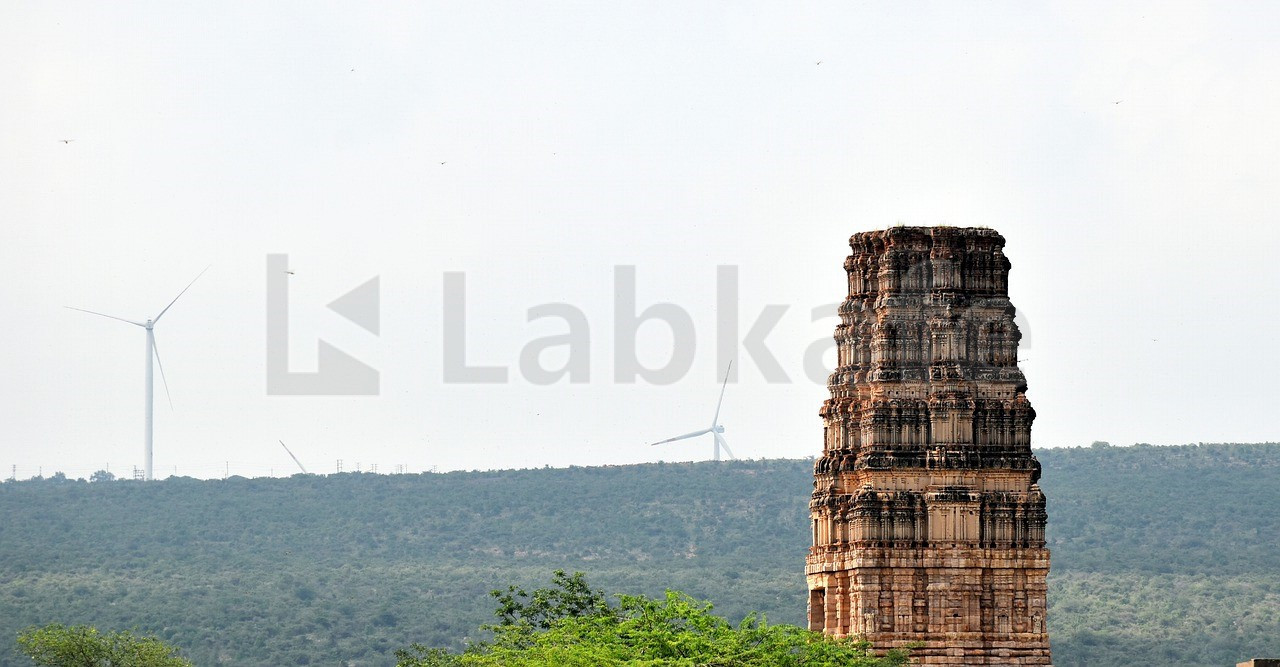
Every year, millions of students take these exams. Besides common boards like CBSE, ICSE, and IGCSE, the BIEAP is also a prestigious state board of education at per with well-upheld standards. The BIEAP physics practical syllabus is very much sought-after and a definitive version of it, like the one we provided above, is hard to find.
All of these practical experiments and demonstrations are possible with our BIEAP Physics Lab Equipment Package for classes 11-12. This laboratory equipment package from Labkafe has all the equipment, instrument, glassware, apparatus, and support items you may need to perform any of these experiments above.
If you need to get BIEAP affiliation for your school, then no doubt you would need our physics practical package specially curated just for the Andhra board. Please don’t hesitate to contact us using the form below to find out more about how you can get this package. Come, together let us fulfill the dream of making quality practical education affordable and accessible to every child in the glorious state of Andhra Pradesh!
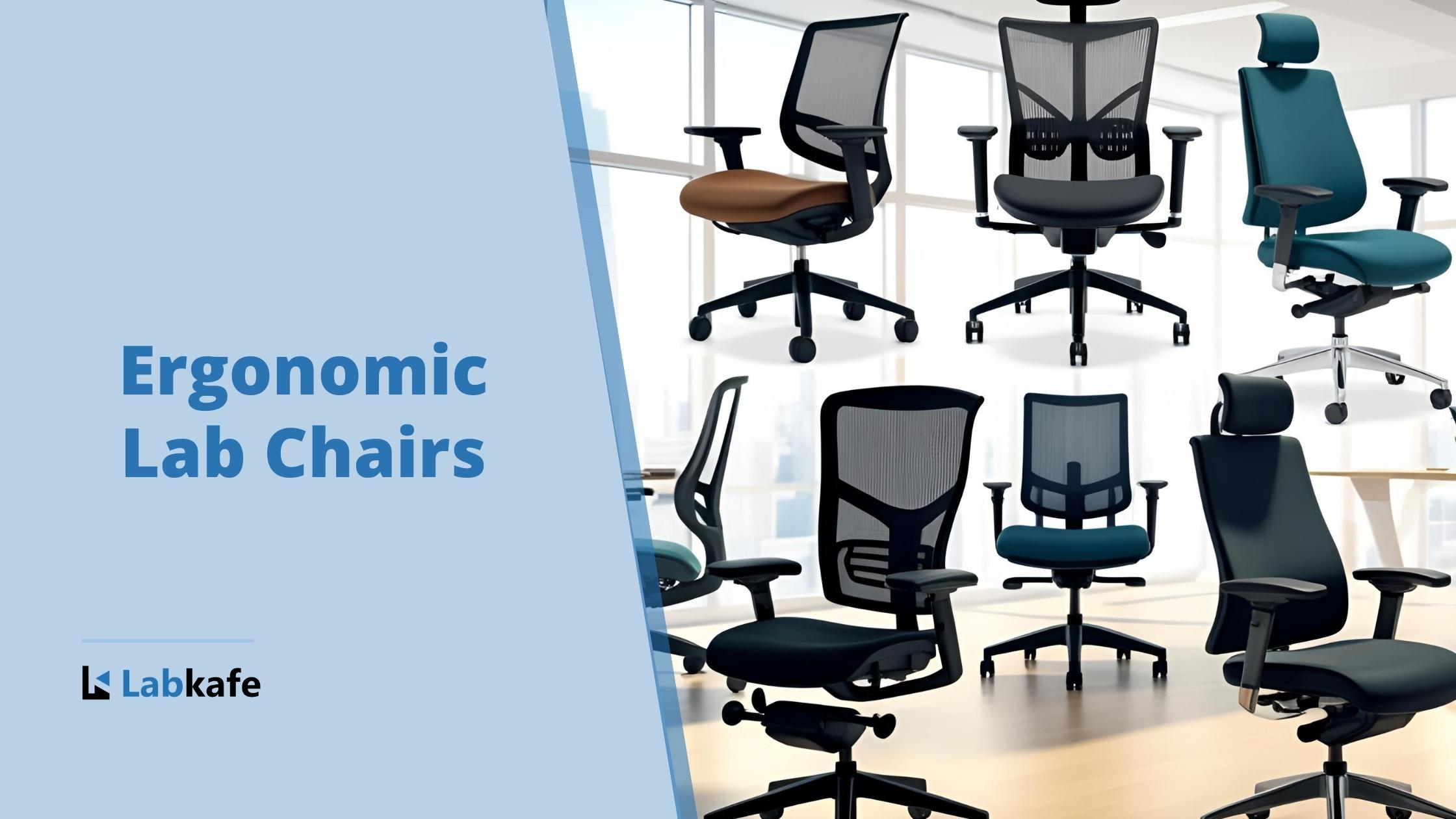






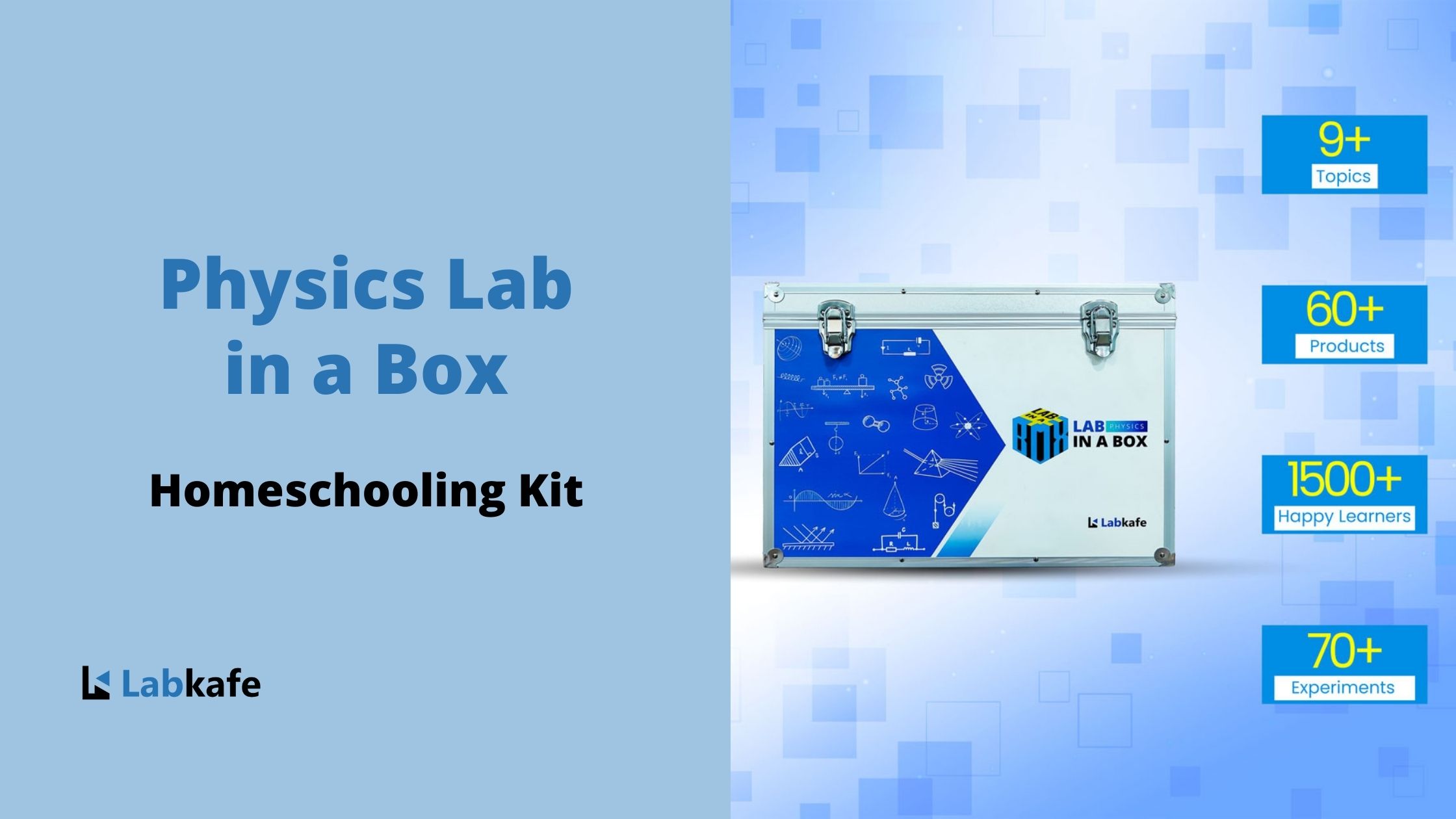
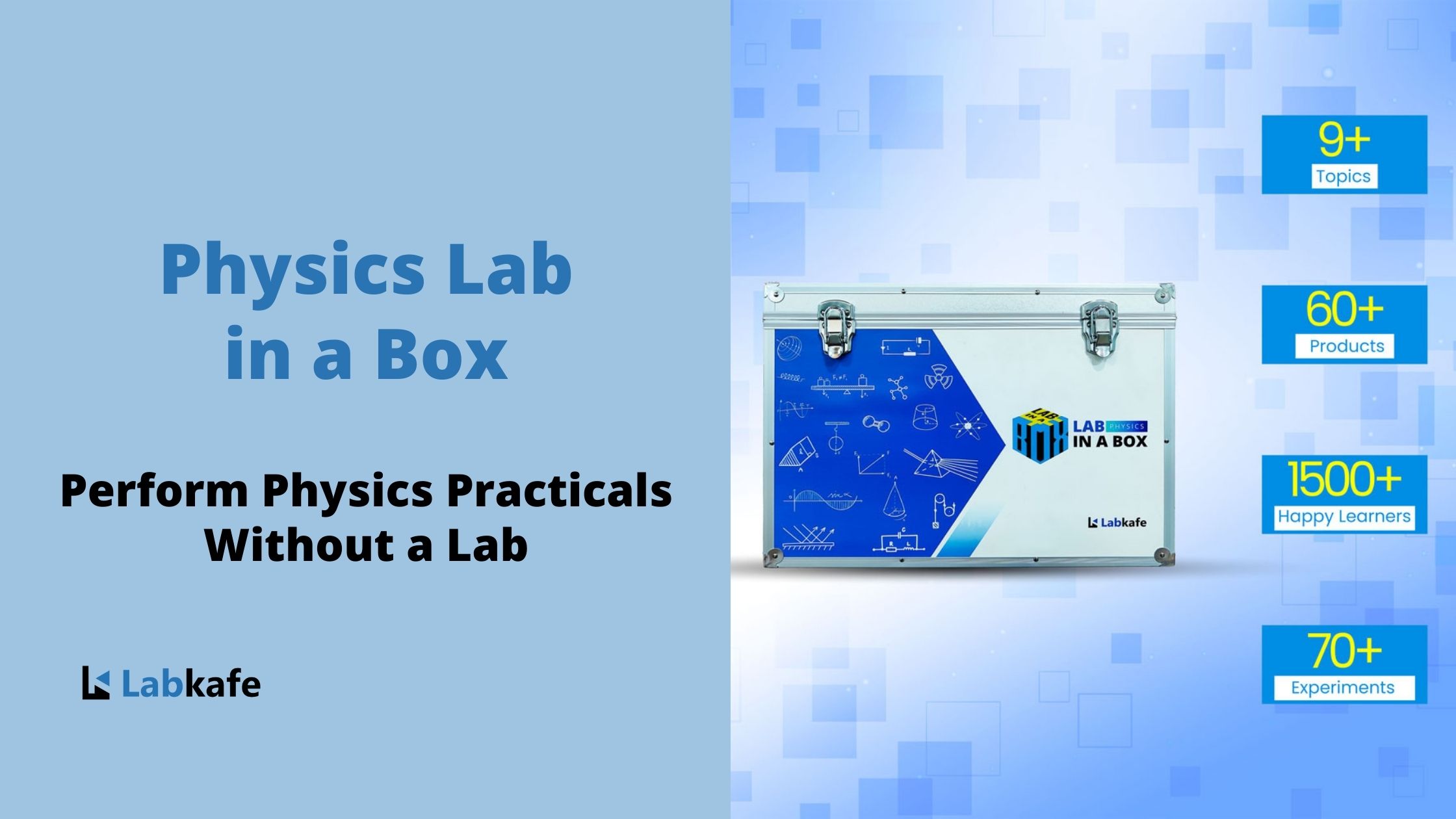

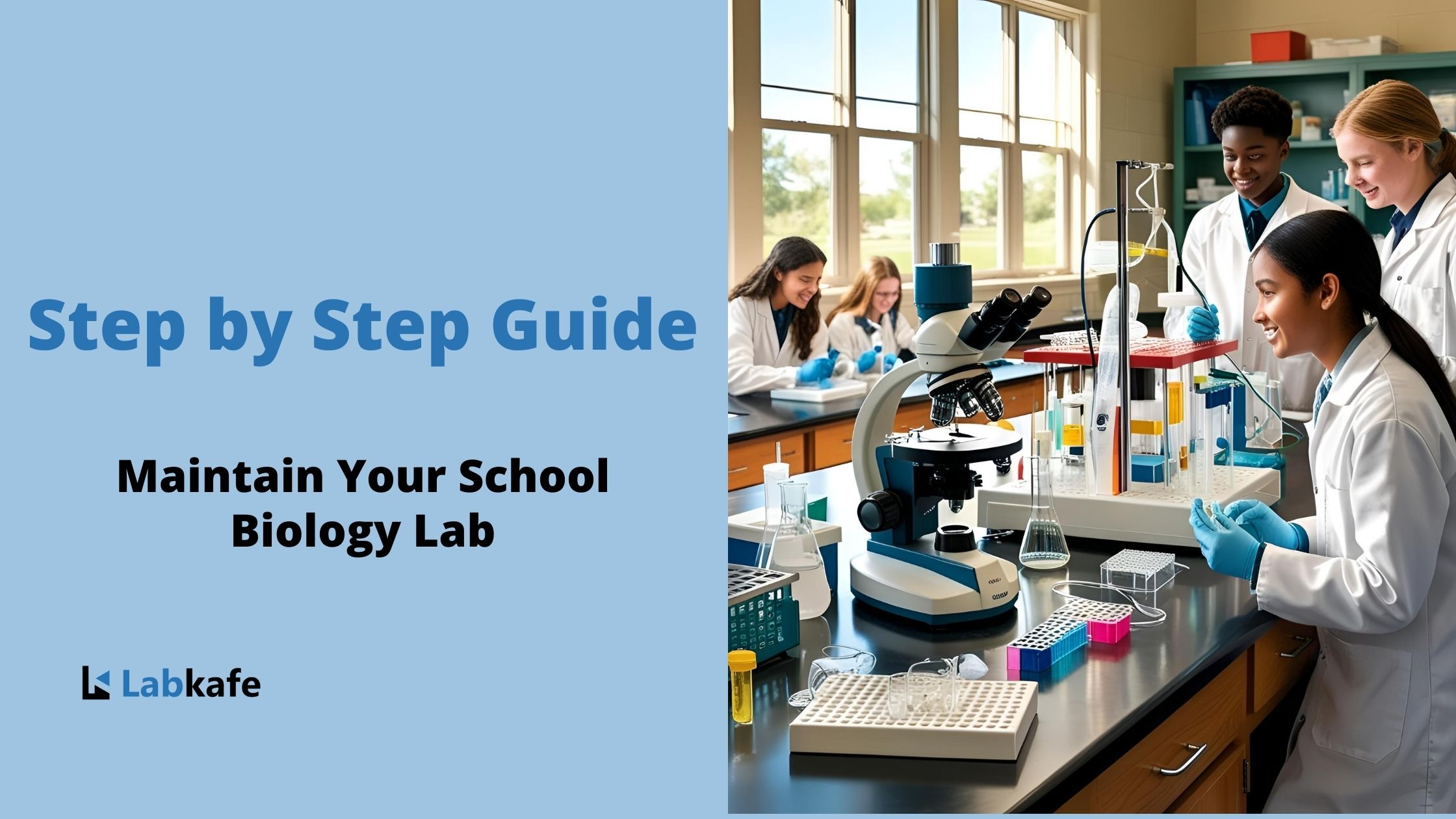
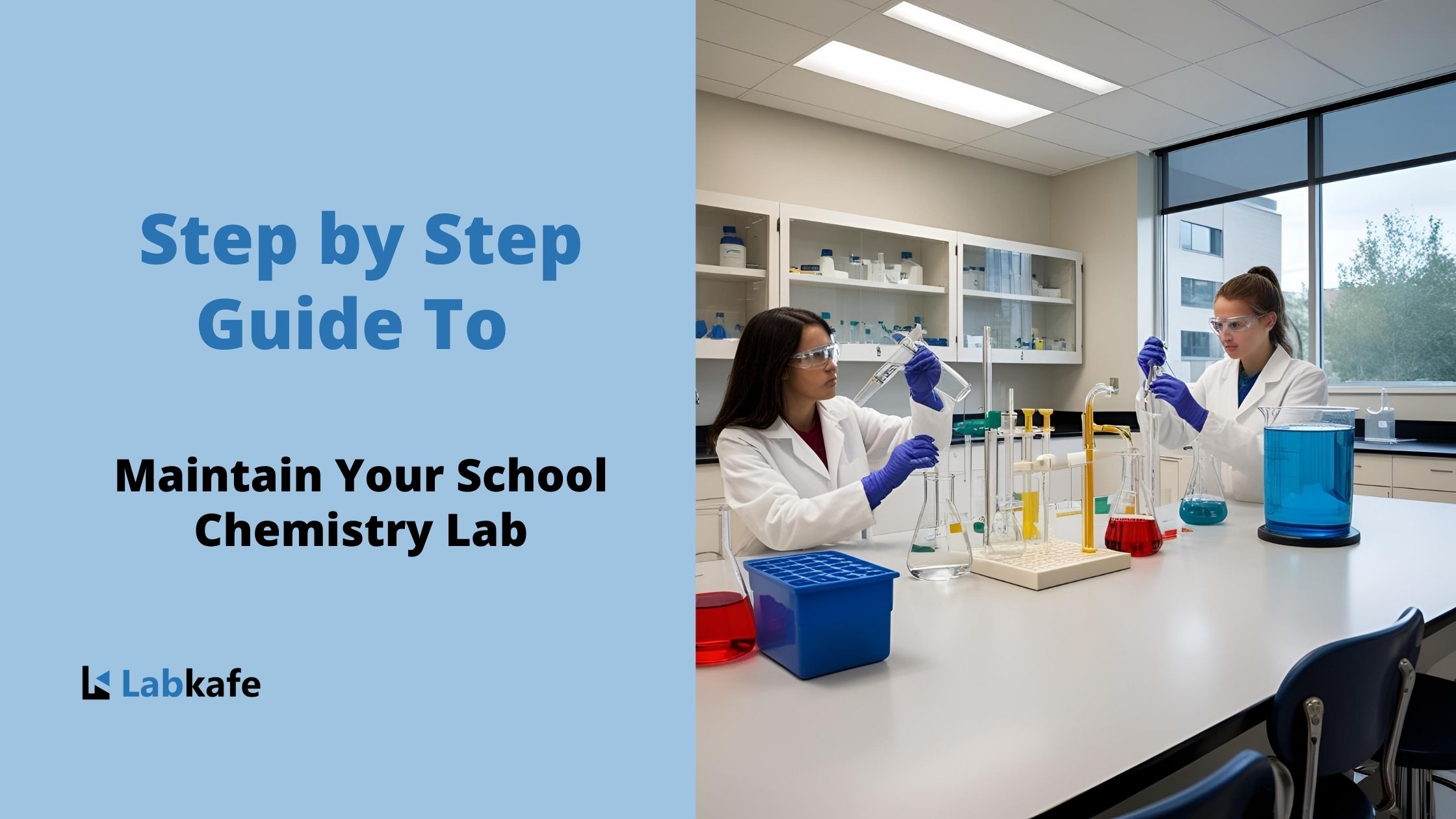
Leave a Reply